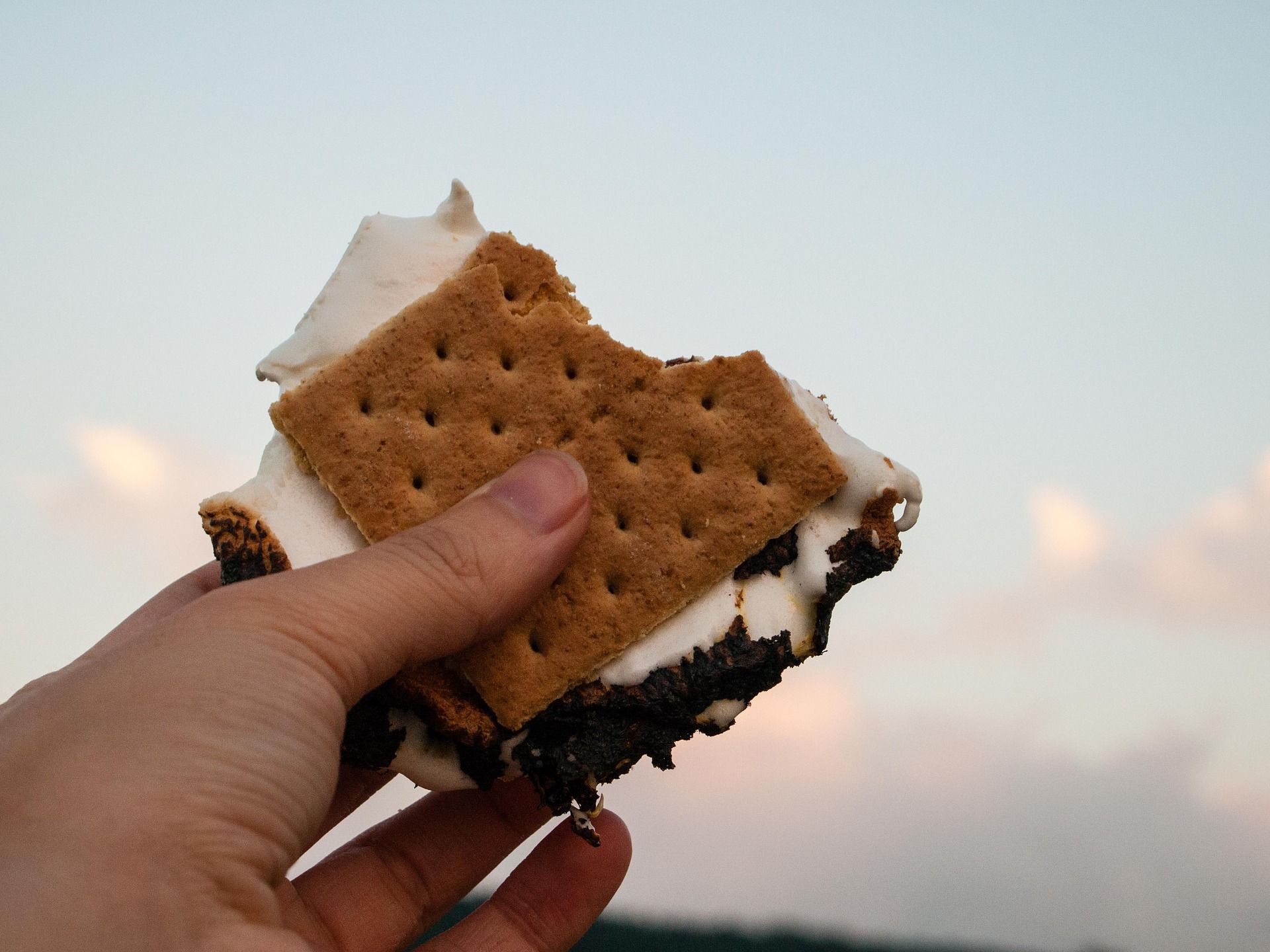
Can you smell the campfire? Taste the s’mores? Fall is “back to troop” and great camping weather! As scout meetings kickoff and hikes are planned, don’t forget to pack a bandana in with your gear. Scouts have worn and used bandanas since time immemorial. Boy Scouts and Cub Scouts wear neckerchiefs as part of their official uniforms (although for Boy Scouts it can be optional, voted on by the troop), and I dare you to find a troop of Girl Scouts camping without many of them wearing bandanas over their hair.
Ever wonder why the bandana is such an integral part of scouting and outdoor activities? When Lord Baden-Powell wrote the book “Scouting for Boys” in 1908, he included a neckerchief or scarf as part of the uniform, similar to what he had worn during his military service. Neckerchiefs are also practical in the wilderness for use as first aid bandages.
For early Girl Scouts, scarves/neckerchiefs were also part of their uniforms and had a number of practical uses including learning semaphore and tying knots.
In my troop today, we wear bandanas to keep campfire sparks and ticks out of our hair. They also make good pot holders and trail markers, and they can be fashioned into an arm sling or used to collect dew for water if necessary.
During World War II, sailors often carried navigational charts printed on cloth for survival in a life raft, and many airmen’s survival vests included fabric escape maps when flying over enemy territory.
Bandanas are a durable way to carry information with you, such as maps and safety and first aid tips, and with so many other practical uses, a Safety Bandana is the perfect compact addition to any camping or hiking trip, including wiping up that little bit of s’more off your lips!
